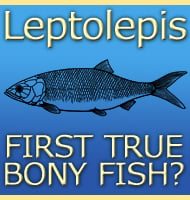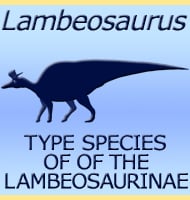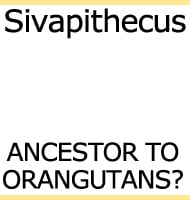In Depth
Yunnanosaurus is one of the best represented sauropodomorph (previously known as prosauropods) dinosaurs not only in China, but the entire world, with the fossils remains of over twenty individual Yunnanosaurus so far known. This has allowed palaeontologists to become familiar with most aspects of this genus including the realisation that Yunnanosaurus would have primarily been quadrupedal whereas the first sauropodomorph dinosaurs were bipedal, similar to their theropod cousins. Yunnanosaurus however does not seem to be an obligate quadruped, with analysis of the hip, limbs and generally lighter build than later sauropods, all indicating that Yunnanosaurus would at the very least be capable of rearing up on the hind legs.
A second species of Yunnanosaurus called Y. robustus is now commonly thought to represent specimens of the type species Y. huanghi. This is because the gracile and robust body morphs while once thought to represent different species are now thought to represent different growth stages of the same species, with Y. robustus the adult form.
In 2007 a new species of Yunnanosaurus was named as Y. youngi (Lu et al) from a partial skeleton, however with an estimated length of about thirteen meters, Y. Youngi was almost double the size of the type species Y. huangi. An additional fact about Y. youngi is that it lived much later than Y. huangi during the early stages of the mid Jurassic. Not only does this make Y. youngi one of the last sauropodomorph dinosaurs to exist, but its later appearance coupled with the larger size is a clearer indicator of how sauropodomorph dinosaurs developed into the first true sauropod dinosaurs which in turn would develop into one of the largest dinosaur groups.
Possibly predatory threats to Yunnanosaurus may have included dilophosaurid theropod dinosaurs such as Sinosaurus.
Further Reading
- Preliminary notes on the Lufeng vertebrate fossils. - Bulletin of the Geological Society of China 20(3-4):235-239. - C. C. Young - 1940. - Yunnanosaurus huangi Young (gen. et sp. nov.), a new Prosauropoda from the red beds at Lufeng, Yunnan. - Bulletin of the Geological Society of China, 22 (1-2): 63-104. - C. C. Young - 1942. - The Lufeng saurischian fauna in China. Palaeontologia Sinica, New Series C 13:1-96. - C. C. Young - 1951. - New yunnnosaurid dinosaur (Dinosauria, Prosauropoda) From the Middle Jurassic Zhanghe Formation of Yuanmou, Yunnan province of China. - Memoir of the Fukui Prefectural Dinosaur Museum 6:1-15. J. Lu, T. Li, S. Zhong, Y. Azuma, M. Fujita, Z. Dong & Q. Ji - 2007. - A new juvenile specimen of Yunnanosaurus robustus (Dinosauria: Sauropodomorpha) from Early to Middle Jurassic of Chuxiong Autonomous Prefecture, Yunnan Province, China. Historical Biology - Toru Sekiya, Xingsheng Jin, Wenjie Zheng, Masateru Shibata & Yoichi Azuma - 2013.










